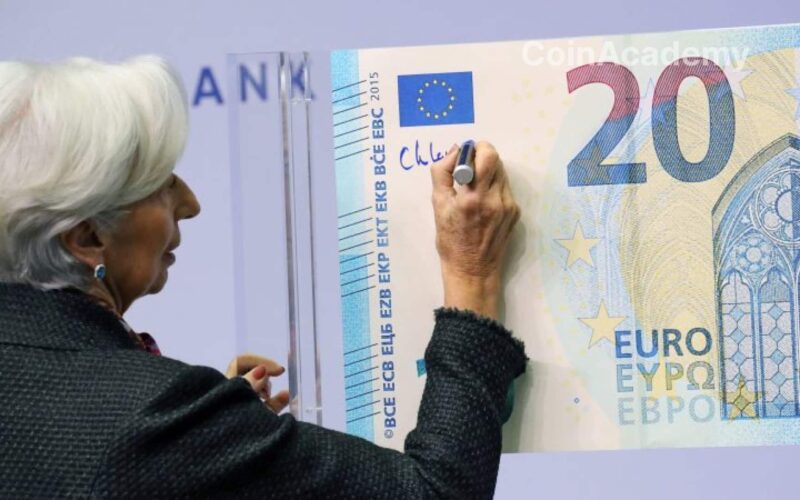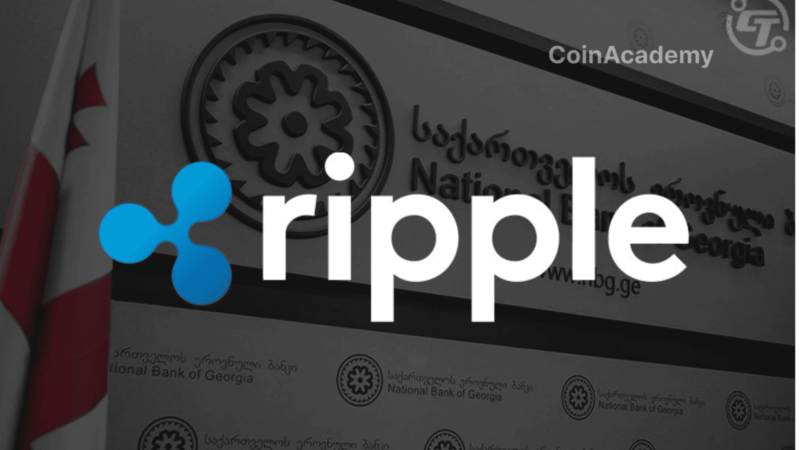The MiCA Regulation Imposes Strict Requirements on Stablecoin Issuers and CASPs, Requiring Licenses to Operate in Europe
The European regulation MiCA (Markets in Crypto-Assets) came into effect on June 30, 2024 for stablecoins, marking a crucial step in cryptocurrency regulation in Europe. The regulation for other digital assets and providers of services will be implemented starting from December 30, 2024.
Obligations of Stablecoin Issuers
The MiCA regulation imposes strict requirements on stablecoin issuers and providers of services on digital assets (CASP) in order to operate. In the absence of compliance, they will have to remove stablecoins from their platforms, under threat of sanctions. For instance, Circle has obtained the first EMI (Electronic Money Institution) license for its stablecoins USDC and EURC, compliant with MiCA.
Licenses and Compliance
Société Générale, through its subsidiary SG-Forge, has also obtained a license for its stablecoin EURCV. These licenses allow these entities to continue their operations in Europe. However, not all players are yet compliant. For example, Tether has not yet fulfilled the necessary conditions for its USDT, raising concerns about possible delisting in Europe.
Which Stablecoins are Affected?
Stablecoins, which maintain a stable value by being backed by a fiat currency or a basket of assets, are divided into two main categories: stablecoins backed by fiat currencies and stablecoins based on a basket of assets.
Obligations for Stablecoin Issuers
Starting from June 30, 2024, stablecoin issuers must comply with several specific requirements under MiCA: transparency, secure reserve management, right to redemption, reporting to authorities, and supervision. Stablecoins backed by fiat currencies must be issued by regulated entities.
Obligations for Providers of Services on Digital Assets (CASP)
In addition to stablecoin issuers, MiCA imposes obligations on providers of services on digital assets: listing compliant stablecoins and determining whether stablecoin transfers should be treated as payment services, which could require additional licenses for CASPs.
Impact on the Crypto Market
The enforcement of MiCA creates a clear distinction between authorized and unauthorized stablecoins in Europe. Platforms like OKX, Bitstamp, and Kraken have already started removing USDT for European users. Binance has also announced restrictions for non-compliant stablecoins, although the exact details of the affected tokens are not yet clear.
MiCA offers a pioneering regulatory framework that could enhance trust in the crypto market. However, compliance poses a challenge, especially for decentralized stablecoins and those backed by non-monetary assets. Circle CEO Jeremy Allaire sees MiCA as an opportunity for significant expansion of financial services in stablecoins in Europe, envisioning increased investments in various areas including tokenization of real assets and cross-border settlements.
Legal Uncertainty and Necessary Adjustments
Despite its advantages, MiCA presents uncertainties, particularly regarding the regulation of decentralized stablecoins. Authorities, including the European Banking Authority (EBA), provided guidelines shortly before its enforcement, leaving a narrow window for actors to adapt. Clarifications and adjustments will be necessary to ensure effective and fair implementation of this regulation.
The enforcement of MiCA represents a significant step towards harmonizing the cryptocurrency market in Europe. Although certain aspects still require clarifications, this regulation lays the groundwork for broader regulation of digital assets, promising greater stability and confidence in the sector.




